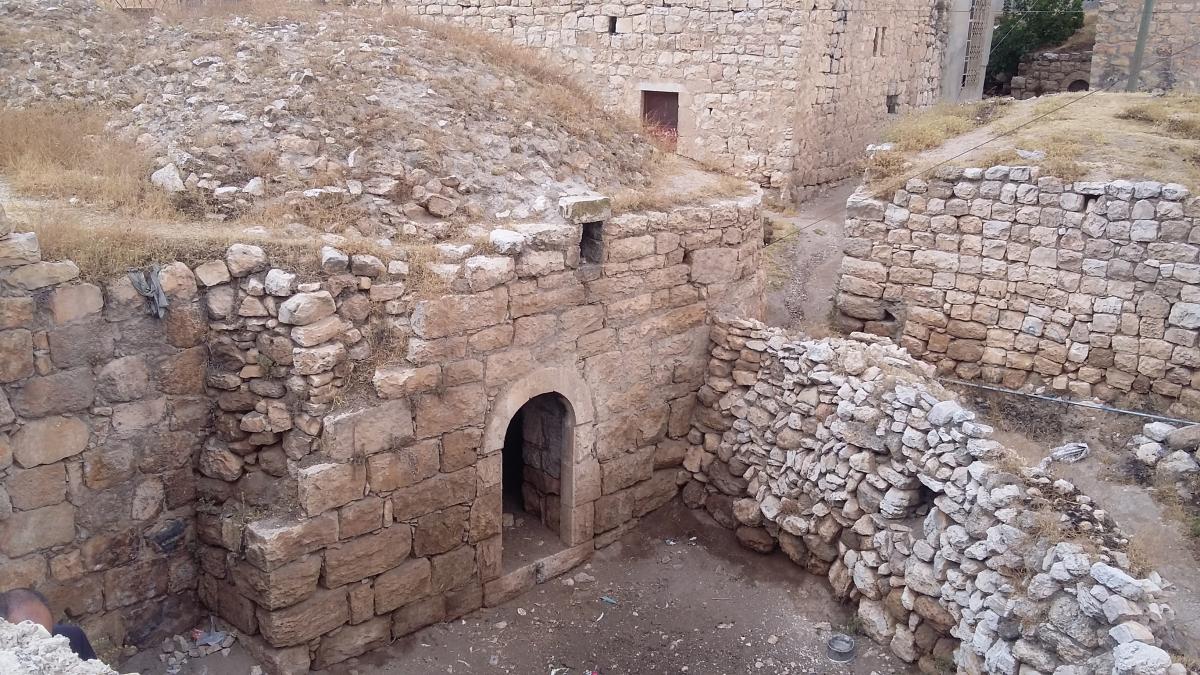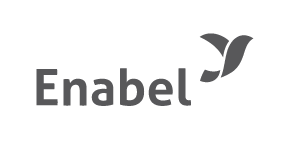Quick fruit projects as the first step towards the revitalization of historic centers
Preservation and restoration of cultural
heritage is one of the crucial dimensions of state- and nation-building. In a context of occupation, separation, fragmentation, and limited
national planning power, the Palestinian identity is often the only handhold
for Palestinian citizens.
However, the occupied Palestinian territory is marked
by a sharp deterioration of its architectural and cultural heritage. This
deterioration is based on several factors: the destruction related to the
Israeli-Palestinian conflict; the abandonment of buildings due to ignorance and
lack of interest of local populations; urbanization processes that do not
consider traditional structures; and Palestinian laws for the protection of
historic buildings that are ineffective.
Most residents living in the historic
buildings are poor. They are often tenants, perceived as those who don’t have
the means to move to modern cities or urban extensions, reinforcing the idea
that historic centers and people living in them are backward.[1]
The Belgian Development Agency believes
that by 'Regenerating [2] Historic Centers in Local Government Units' (RHC), and with the involvement of
local stakeholders, we could generate a new dynamic in the state-building
process. The program supports the regeneration planning, practice and policy
development in the Palestinian Territory. The integration of the protection and
development of Historic Centers in Local Governments combines three key
national strategic priorities:
- Supporting Palestine’s historical cultural significance;
- Integrated planning processes; and
- Local economic development
A participatory approach towards regeneration
The RHC project supports twelve (small and medium-sized) Local Government Units (LGUs) in the West Bank, and is designed to address the regeneration planning, practice and policy development in these areas.In the first step of the process, a team, consisting of representatives of the local authority, the private sector, local organizations and the community, was formed to analyze and review existing planning documents (Strategic Development and Investment Plan, Spatial Development Framework, the National Spatial Development Plan, etc.).
Secondly, two workshops, with a wide community participation, were held to develop a community vision and strategic objectives. In the first workshop the elderly of the village told stories about the old social (weddings, festivals, etc.) and economic (trade, transportation, agriculture, etc.) traditions of the village. During the second workshop, focus groups determined the potential development areas for regeneration. At the end of the workshops a regeneration program was proposed.
This community-participation and consensus-building output was complemented with a survey and a diagnostic study of the current social, economic, physical and cultural condition of the historic center and its citizens. To ensure the sustainability and viability of the regeneration plans, preliminary feasibility assessments and business plans were developed in a second phase.
Quick Fruit Projects
Not all of the twelve localities will be targeted at the same time. To enable learning from previous experiences, five localities (Assira, Deir Istiya, Bani Zeid, ‘Abud and Bani Na’im) are listed as 'Quick Fruit Projects'. They have a pilot function for the seven remaining (and more valuable) localities. 'Quick Fruit Projects' are characterized by their quick return on investment. They are try-outs where a smaller amount of money is invested and where one can easily and quickly see the output, results and impact. Moreover they provide lessons learnt for the remaining projects in other localities.The Center for Cultural Heritage Preservation (CCHP) in Bethlehem has been contracted to design and technically supervise the implementation of those quick fruit rehabilitation projects. Their work focusses on preserving the authenticity of the building and maintaining the integrity of the urban fabric where it is located, while at the same time transform it to host socio-economic functions or services. These new functions were defined through a participatory approach and meet the needs of the local community as well as potential local and international visitors.
- Assira: The project includes the rehabilitation of a traditional abandoned building composed of two floors with a total surface area of 200 m² for the adaptive reuse as an agricultural craft center. Secondly, the pathway adjacent to the building (around 100 m²) will be rehabilitated.
- Deir Istiya: The project includes the rehabilitation of a traditional abandoned building (Qaser Al Qasem) composed of three floors with a total surface area of 1020 m². The building will be used as a guest house and restaurant.
- Bani Zeid: The project includes the rehabilitation of a traditional abandoned building (Dar Khatab) composed of two floors with a total surface area of 190 m² for the adaptive reuse as a multipurpose building, and the rehabilitation of 210 m² courtyard that connects the traditional building with its surroundings.
- ‘Abud: The project includes the rehabilitation of 600 m long pathway with an average width of 4 m that connects the town of ‘Abud with the Barbara Church. This church is known as the most important tourist site of the town. A second project is the rehabilitation of Samra square which has a total surface of around 560 m² and the upper square with a total surface area of around 220 m². Both squares will be reused as public squares for ‘Abud’s events and festivals.
- Bani Na’im: The project includes the rehabilitation of a traditional abandoned building composed of two floors with a total surface area of 1130 m² for the adaptive reuse of a handicraft center. Additionally, the pathway (130m) that connects the traditional building with the Mosque will be rehabilitated.
More pictures and drawings of the rehabilitation projects can be found here.
[1] Tashgheel, Riwaq’s Job Creation through Conservation 2001-2011, Khaldun Bshara, Ramallah, 2011, p. 20
[2] Regeneration refers to the revitalization (making socially and economically alive again) of historically valuable buildings and compounds.
Laatste nieuws van dit project
Geen nieuws

